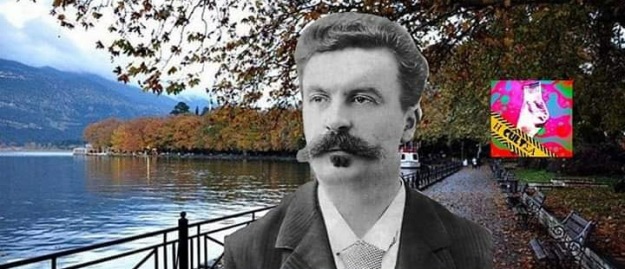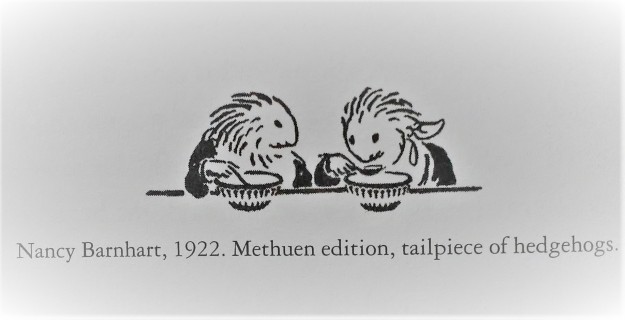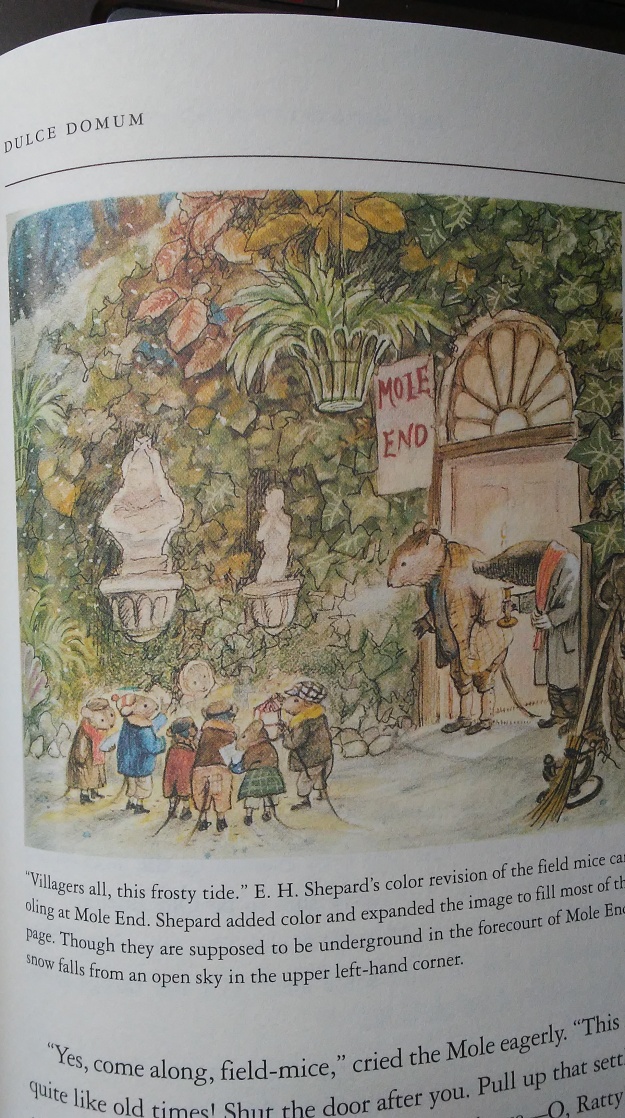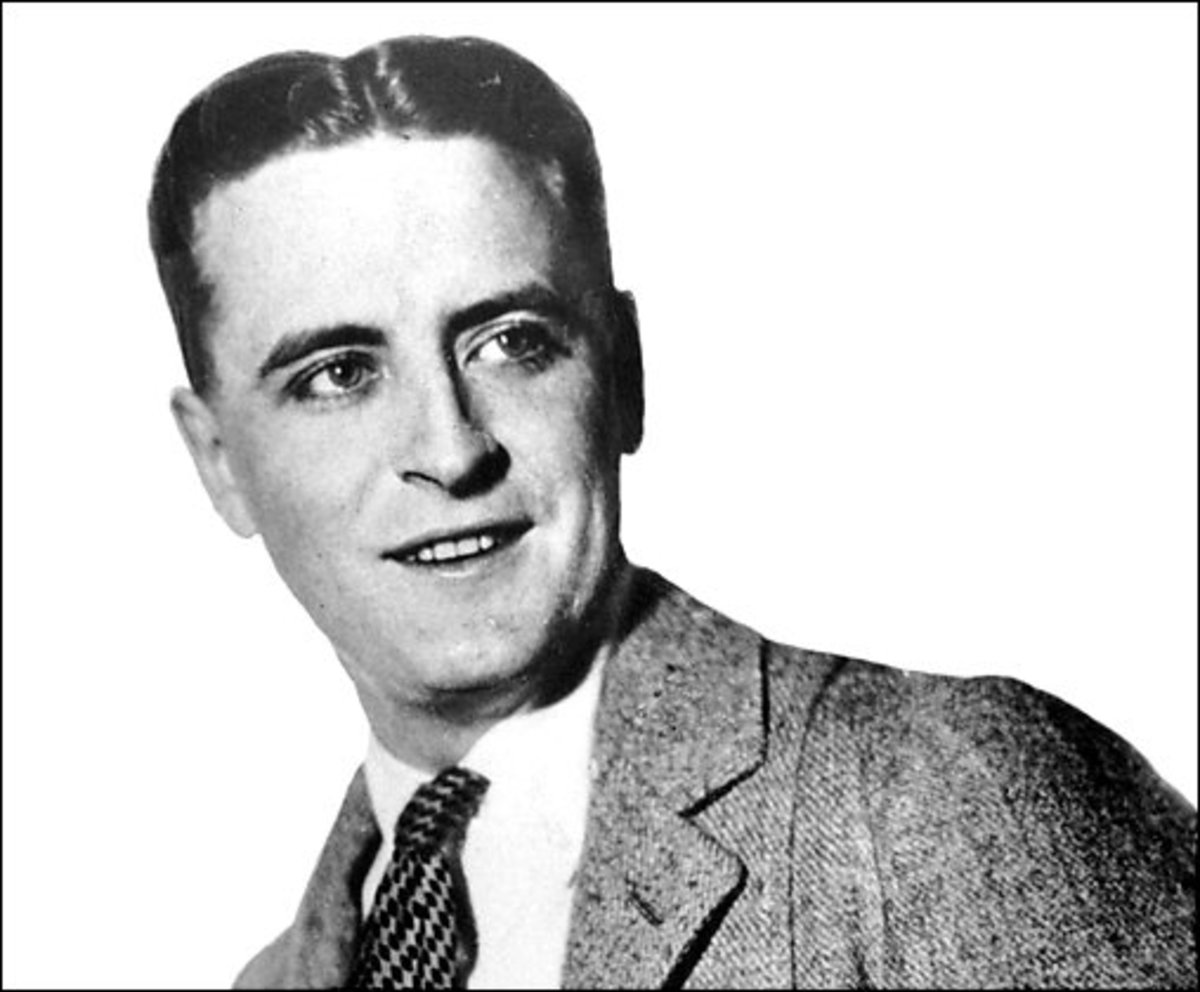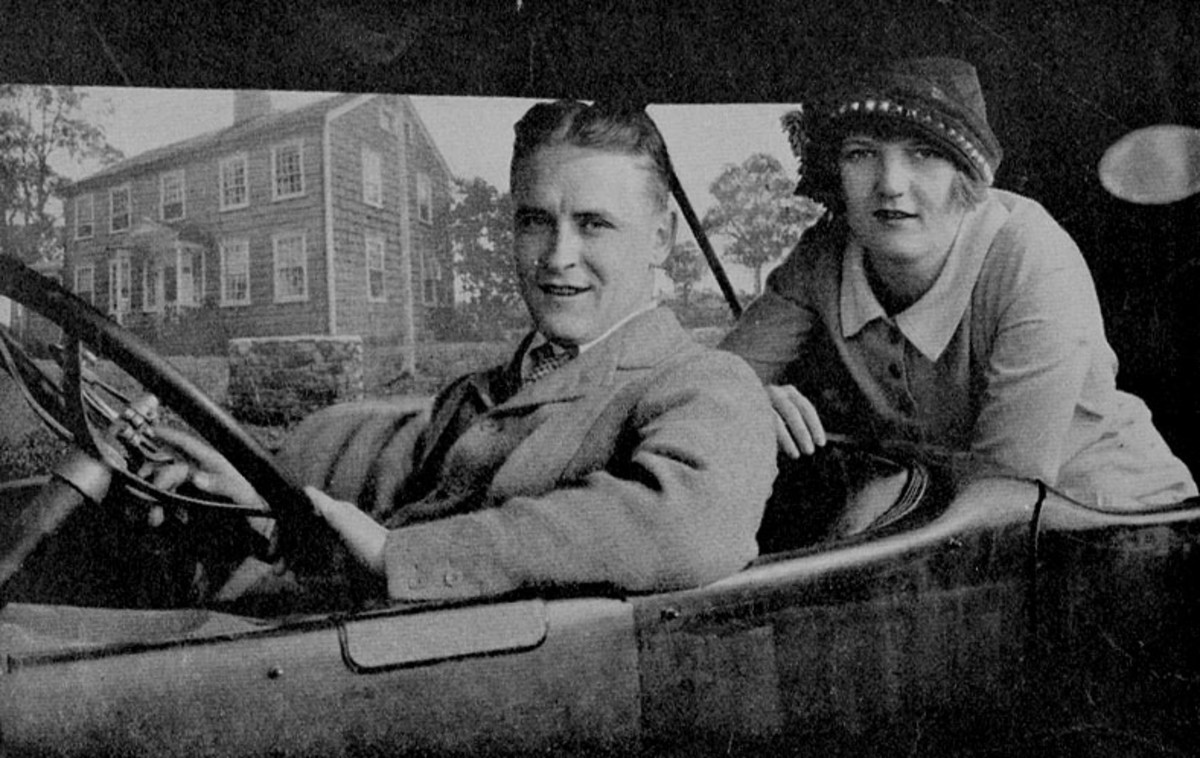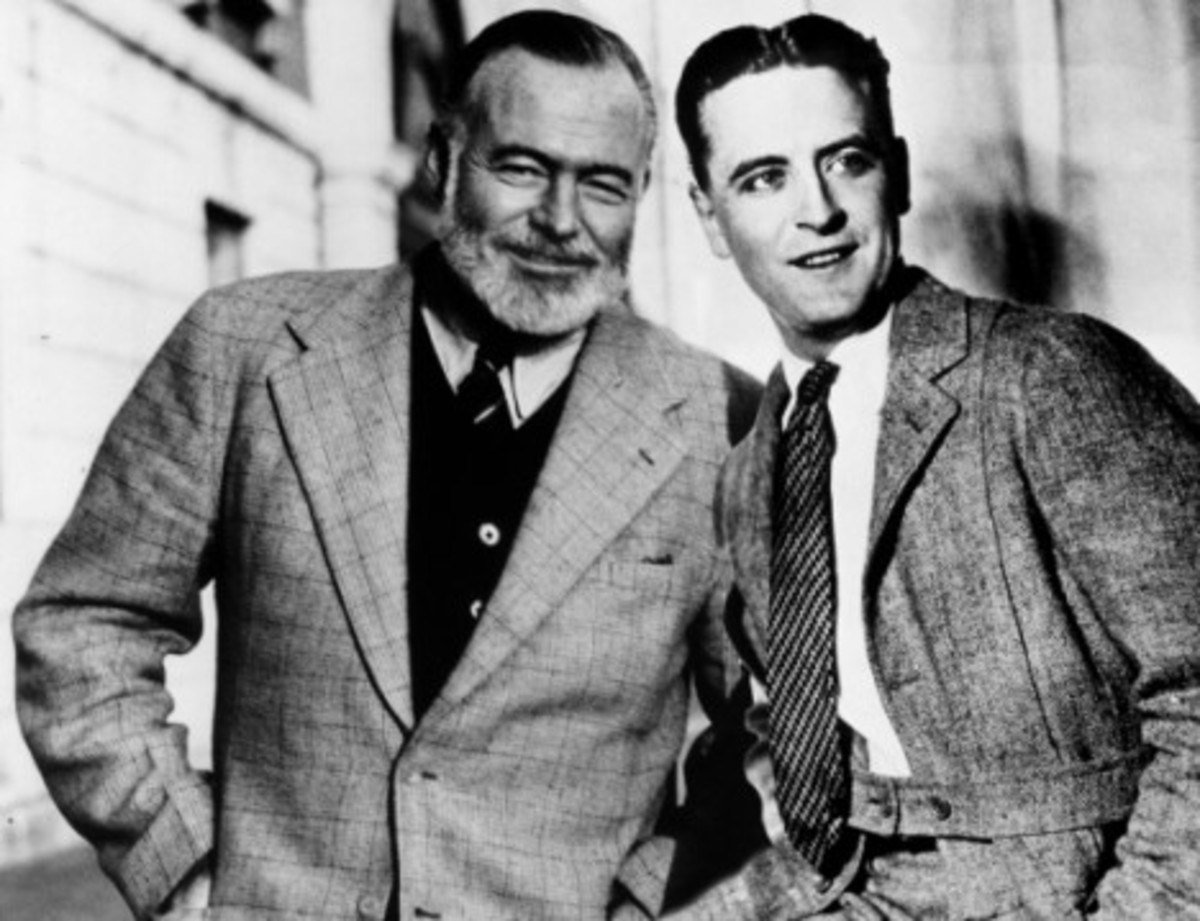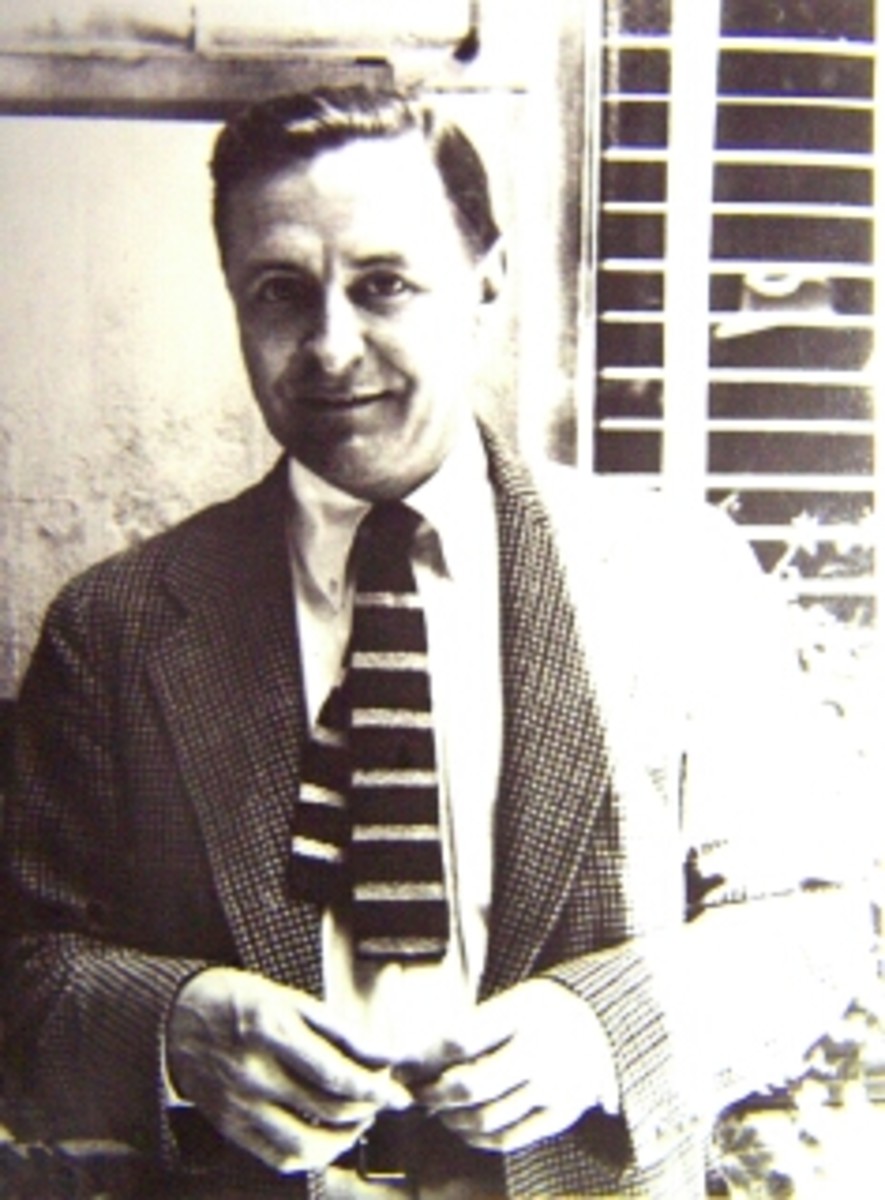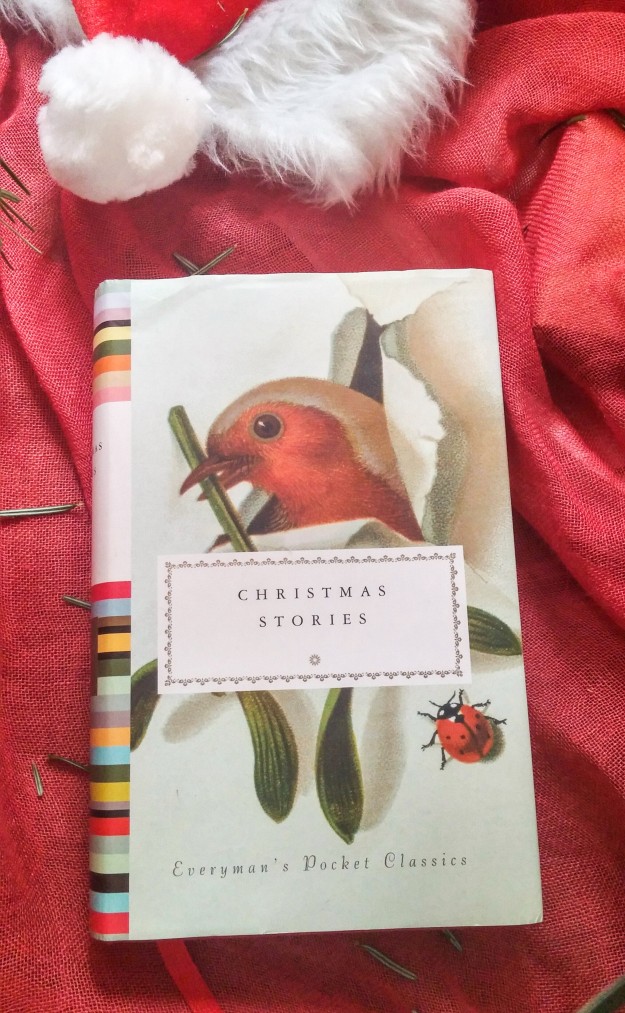
To American readers, there is something delightfully appealing, captivating and perhaps nostalgic in an English story. The lively dialects and slightly foreign expressions, even when unfamiliar, attract us. It is an old infatuation that remains fresh with each new encounter. Tessa Hadley, one of the best story-writers we have today, makes this reading experience all the more pleasurable, as she crafts the story of a young woman and builds these episodes over a period of time, so that as readers our sense of time changes and the tale ends much sooner than we’d like.
There is to be a June wedding and a dress needs to be made. Ann Gallagher is young and talented. She is an astute seamstress with a genius for style and fashion-design. Uniformly, Hadley stays true to the continuity of clothing, appearance, fabrics and textures throughout the tale, weaving in, as it were, a tactile setting of fluid lighting and palpable drapery, furnishings and landscape.
Now her scissors bit in with finality, growling against the
wood surface of the table, the cloth falling cleanly away from the blades.
The atmosphere of metaphor begins here and resurfaces in exquisite fragments indulging the reader with portent. At this point in the story, Ann is still young and single, a brilliant dressmaker on her way up with bright dreams of one day soon making it in London couture. Yet, the scissors growl a foreboding, even as the studio brims with light and promise:
Morning light waited, importantly empty, in the cheval glass.
Ann’s business partner, Kit, dashes in and out with flair and sparkle, a joie de vivre. Though, she couldn’t design for toffee or cut a pattern, Kit had style and could sew well and work hard for the right clients. Kit was raised in Paris, not the English suburbs, like Ann. So, alas, Kit is a snob. Yet she is wild, untamable and chic, with mad exuberance. Kit is a loveable character, as frivolous, superficial characters often are.
Nola, for whom the wedding dress is being fashioned, is the complete antithesis of Ann and Kit. Nola did grow up in the suburbs like Ann, but, as appearances go, Ann is the one who broke from the mold of provincial Fishponds. Nola is a nurse, wearing the same set of clothes every day:
Nola Higgins stood with military straightness, shoulders squared; she was buttoned up into some sort of navy-blue uniform, unflatteringly tight over her heavy bust.
Ann invites Nola in for an impromptu fitting. “I’ll put some coffee on to perk.” It would seem that Ann finds Nola a bit austere and too plain, yet Nola turns out to be sweet with a soft disposition and quite malleable in the expert hands of Ann and Kit, whose attentions improve when they learn that Nola is to marry a wealthy, young man whose estate goes back many generations. Nola suddenly takes on a new significance, like a newly discovered treasure in an attic full of unwanted cast-off materials. Despite Nola’s simple, almost dowdy appearance, Ann has a personal philosophy:
Ann really was convinced that if you could only find the right clothes you could become whatever you wanted, you could transform yourself.
Ann applies her credo to Nola, who really did have lovely, matte pink skin, and Nola entrusts the dressmakers completely, as they tug and smooth the fabric around her large waistline.
And, the light falls in patches on Ann’s cutting table.
Whether Ann’s credo ultimately affects the desired outcome for her own life is a question. Yes, she has a magical way of transforming cloth into a beautiful garment, but for all of her capability and finesse, does she become what she wanted, after all? When Donny Ross is introduced into the story, the narrative is wary, as if the narrator is suggesting that Ann could have heeded these precautions. Donny Ross is apparently a jazz pianist. He is a medic with cavernous cheeks, and thin as a whip. He is mostly saturnine and judgmental. Indeed, most of the descriptions of Donny Ross are unflattering. So, why does an intelligent girl like Ann end up taking such a rude, arrogant and untalkative man for a husband? It seems there was an unexplainable attraction. Though Donny Ross comes prowling seductively into her life, he exhibits no interest in what’s important to her but withdraws into his own inner world, tapping out tunes on her sewing table and humming to himself.
And yet, Ann is unreasonably attracted: She carried on steadily, concentrating on her work, feeling as if some new excitement were waiting folded up inside her, not even tried on yet.
Donny’s pursuit of Ann is as intent and intense as a cat’s, when the three couples spend the afternoon at Nola’s fiancé’s estate in Thwait Park. Ann’s perspective on the day, with regards to Donny Ross, becomes shadowy and yet sparkling, as when she describes her impressions upon entering the Park.
A few skinny lambs scampered under the ancient oaks, where new leaves were just beginning to spring out, implausibly, from gray crusty limbs.
With Hadley, transformation takes place moment by moment. The spring newness of nature or of a great house is ultimately transient, the newness fading into the old, as it becomes ancient with mineral crusts and decayed, peeling wallpaper. Ann and Donny Ross lay side by side, close together but not touching, in the long grass under a tall ginkgo tree of this beautiful, old estate. They’re in a sultry liminal zone, where the future is open with hope and desire, yet Hadley shifts to the reality of fate, ominously.
The light faded in the sky to a deep turquoise and the peacocks came to roost in the tree above them, clotted lumps of darkness, with their long tails hanging down like bellpulls.
The final two columns of the story change perspective to that of Ann’s daughter Sally, years later. At sixteen, Sally Ross knows the story of the silk brocade meant to be used for a wedding that was never realized. This presumptive wedding becomes the perfect example of the ideal marriage, that is to say, a marriage that never actually happens but is only planned for, dreamed of, with genuine longing. The dream is immortal along with the love. Indeed, it is preferable to a marriage wherein the husband goes errant for an entire summer with another woman, as Donny Ross does.
Ann’s philosophy of renewing oneself may help her survive her marriage. She and Sally invent projects of transformation together: of makeovers, outings, dieting and redecorating, but ultimately these will never change the choices Ann made. Still, there is the hope of regeneration. Sally represents the present and also the future when she happens upon the old Thwait mansion wearing a jacket that Ann made from Nola’s silk brocade. Sally stands at the same spot where Nola stood when she was a hopeful bride, making egg sandwiches at the old Belfast sink. Now sally has the wide continuum of hopes and dreams before her.
The silk brocade jacket links the past, the present and the future. Tessa Hadley has a way of turning the usually mono-chronological thought of time sequence inside out, weaving in possibility, shedding light, and discarding with the old to reconstruct the new. After all, the past and the present are really simply jumbled together.
Tessa Hadley’s Silk Brocade appeared in The New Yorker, July 27, 2015.
Tessa Hadley’s “Silk Brocade”
